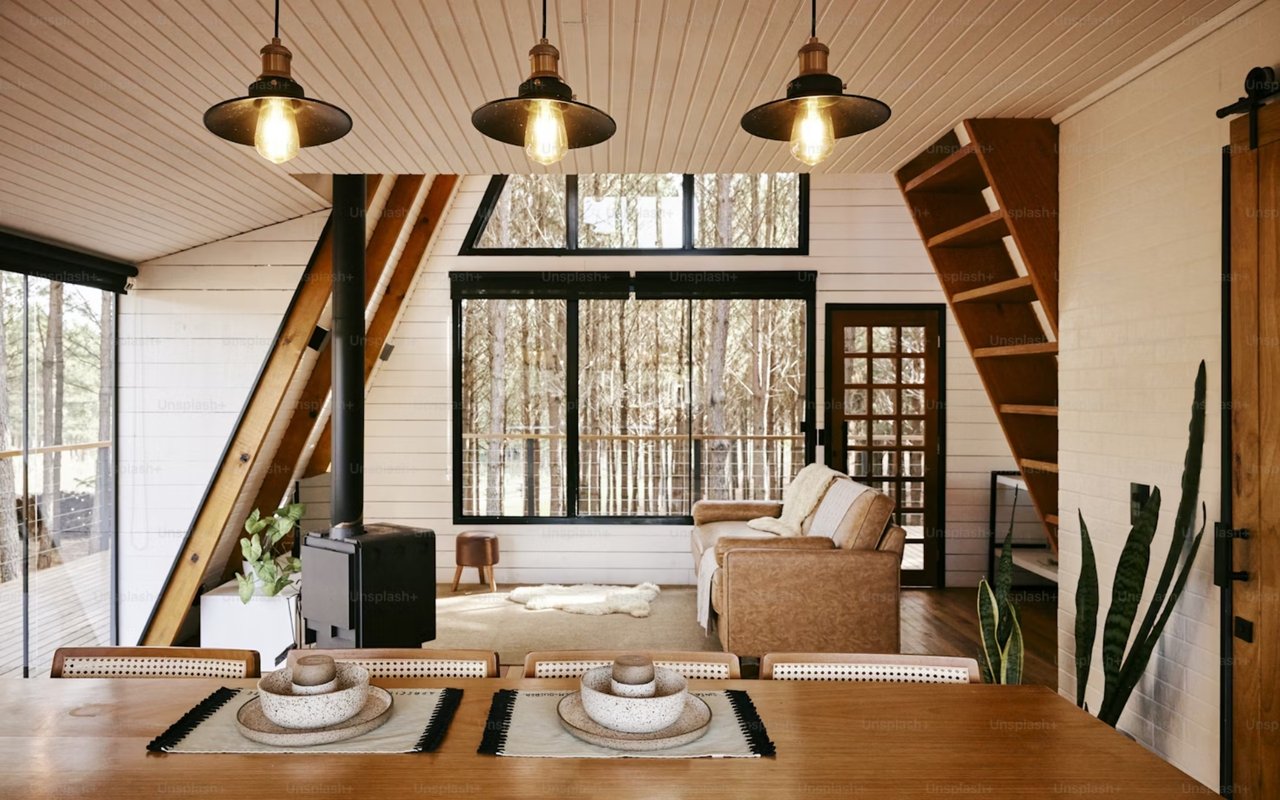Acquiring an additional property represents a significant financial decision, but the motivations and implications vary considerably depending on whether it's intended as a second home or an investment property. While both involve purchasing real estate beyond a primary residence, the core intent — personal enjoyment versus financial return — shapes every aspect of the acquisition and ownership.
Choosing between a second home and investment property profoundly influences financing, tax obligations, and personal use. This guide will meticulously detail the contrasting facets of these two property types, providing clarity for prospective buyers.
Primary Purpose and Use
Their primary purpose is the fundamental difference between a second home and an investment property. A second home is acquired predominantly for personal use and enjoyment. It serves as a personal retreat, a vacation spot, or a temporary residence for leisure. For instance, someone might purchase a cabin in the Colorado mountains as a second home for weekend getaways.
Conversely, an investment property is acquired with the explicit goal of generating financial returns. This return can manifest through rental income, property appreciation, or both. The owner's personal use of an investment property is typically limited or non-existent, as its utility is tied to its income-generating potential.
Financing Considerations
The financing options and terms for a second home differ significantly from those for an investment property. Lenders view second homes as less risky than investment properties, leading to more favorable mortgage conditions. This is because homeowners are generally more committed to maintaining payments on a property they use personally.
For a second home, buyers can often qualify for conventional mortgage rates, which tend to be lower than those for investment properties. Down payment requirements might also be more lenient. Investment properties, however, are subject to stricter lending criteria. Lenders perceive a higher risk due to the property's income-generating nature and potential for vacancy.
Tax Implications and Deductions
The tax treatment for second homes and investment properties presents notable differences. These distinctions can significantly impact the overall financial viability and long-term ownership costs. Understanding these nuances is essential for planning.
For a second home, owners can generally deduct mortgage interest and property taxes, similar to a primary residence, provided certain conditions are met regarding personal use. However, owners can typically deduct a broader range of expenses for an investment property, including mortgage interest, property taxes, insurance, maintenance, repairs, and depreciation. This expanded deductibility aims to offset rental income.
Rental Income and Vacancy Risks
The potential for rental income is a defining characteristic of an investment property. Owners seek to generate consistent revenue through short-term or long-term leases, which helps cover expenses and contributes to profitability. This income stream is a primary driver for the acquisition.
Conversely, a second home is not primarily intended for rental income. While owners may rent it out occasionally to offset costs, consistent rental is not its primary function. Investment properties face vacancy risks, particularly in markets like Denver that attract renters. Periods without tenants directly impact cash flow and can lead to financial strain.
Maintenance and Management
The operational aspects of maintaining a property also vary between these two categories. A second home is primarily kept for the owner's enjoyment. Maintenance and upgrades are often driven by personal preference and comfort.
An investment property requires a more strategic approach to maintenance and management. Owners must balance maintaining the property's condition to attract and retain tenants with managing expenses to maximize profitability. This often involves responding to tenant requests, coordinating repairs, and potentially engaging property management services, especially for out-of-area owners or those with multiple units.
Appreciation Potential and Market Focus
Both second homes and investment properties can appreciate over time, but the analytical focus differs during acquisition. Appreciation is a welcome bonus for a second home, but lifestyle desires, such as access to outdoor activities in the Colorado Rockies, often drive the initial decision.
Appreciation is a key component of an investment property's overall return on investment. Buyers scrutinize market trends, growth forecasts, and demand indicators. They evaluate the potential for capital gains over a specific holding period, prioritizing locations with strong appreciation prospects, such as emerging neighborhoods in Denver's urban core.
Personal Use Limitations
The amount of personal use is a crucial distinguishing factor, particularly for tax purposes. The Internal Revenue Service (IRS) sets specific guidelines that differentiate a second home from an investment property based on the number of days the owner occupies the property versus the number of days it is rented out.
If a property is rented for more than 14 days in a year and the owner's personal use does not exceed the greater of 14 days or 10% of the total days rented, it is typically classified as a rental property. Exceeding these personal use limits can shift the property's tax classification, impacting deductible expenses and depreciation.
Capital Gains Tax Treatment
The tax treatment of capital gains upon sale also varies for a second home vs investment property. This distinction can significantly impact the net proceeds received from selling the property.
Capital gains from a second home are generally subject to long-term capital gains tax rates, similar to those from a primary residence, but without the potential for the primary residence exclusion (which allows single filers to exclude up to $250,000 and joint filers up to $500,000 of gain, provided specific occupancy criteria are met). Capital gains from an investment property are also subject to long-term capital gains tax.
However, a specific rule for investment properties is "depreciation recapture," where any depreciation deductions taken over the years are taxed at a higher rate (currently 25%) upon sale, before the remaining gain is subject to capital gains rates. This additional tax consideration is unique to investment properties.
Work with Lisa Snyder to Navigate Denver’s Real Estate Market with Confidence
Whether you're a first-time buyer, relocating to Colorado, expanding your investment portfolio, or simply ready for a new chapter,
Lisa Snyder is here to guide your real estate journey with unmatched service and care. With over 30 years of PR and marketing experience and nearly three decades as a Colorado resident, Lisa brings a unique blend of communication savvy and local expertise to every transaction. Backed by a deep commitment to personalized service, Lisa will take the time to understand your needs and deliver a real estate experience that’s smooth, supportive, and tailored just for you.
Reach out today to get started on finding your perfect Denver home.

